Tekken Tag Tournament 2 Review
Selecting a preferred fighting game is a pretty intimate choice, as far as video game purchases go. When you make your pick from the many available titles, you’re signing up for an experience that will have to be studied, rather than intuited. There are exhaustive command lists to be learned and strategies to adopt. There are specific characters to take on as your “mains”, ones who speak to you better than the rest. And while nearly all fighters contain the same tropes (health bars, rounds, etc.), subtle variations on the themes mean that one fighting game might fit you like a glove, while another feels nigh unplayable.
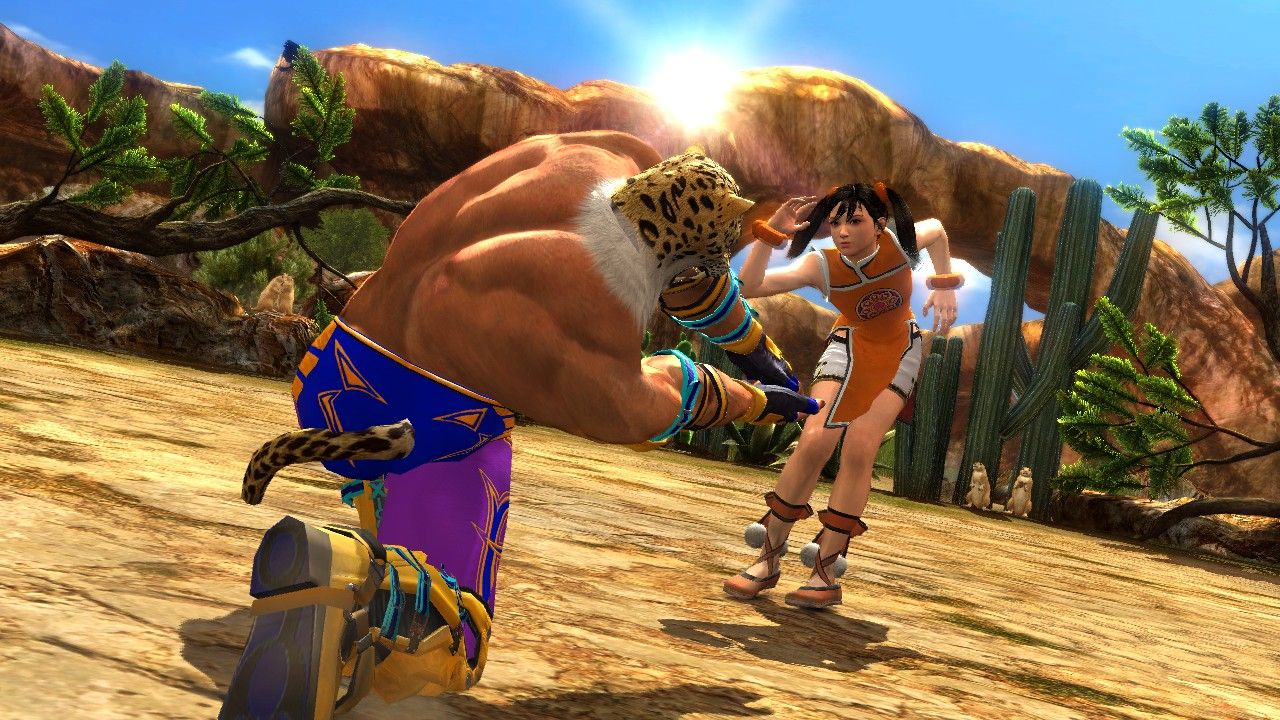
I fell into my choice back at the turn of the century, when Tekken Tag Tournament was released for Playstation 2. The fighting system I had found in earlier Tekken games had always just made sense to me; its single button inputs coming far more naturally than the directional analog combos sort of thing one finds in other fighters. With Tekken Tag Tournament, that preference really took root. The game’s “tag team” mechanic was a boon, adding dynamism and a deeper layer of strategy to an already established package. The roster was huge, the fights intense. It was a great game to share with friends on the couch.
A proper sequel has been a long time coming, but thankfully Tekken Tag Tournament 2 mostly lives up to its strong lineage. Like the original tag team game, it offers a fully-stocked roster. In fact, TTT2 features nearly every fighter in the series’ storied history. Tagging in a second character is still as fun as it was in 2000, and there are a few new wrinkles to compliment the strong core mechanics. Devotees should be thoroughly pleased with what’s in the offering here.
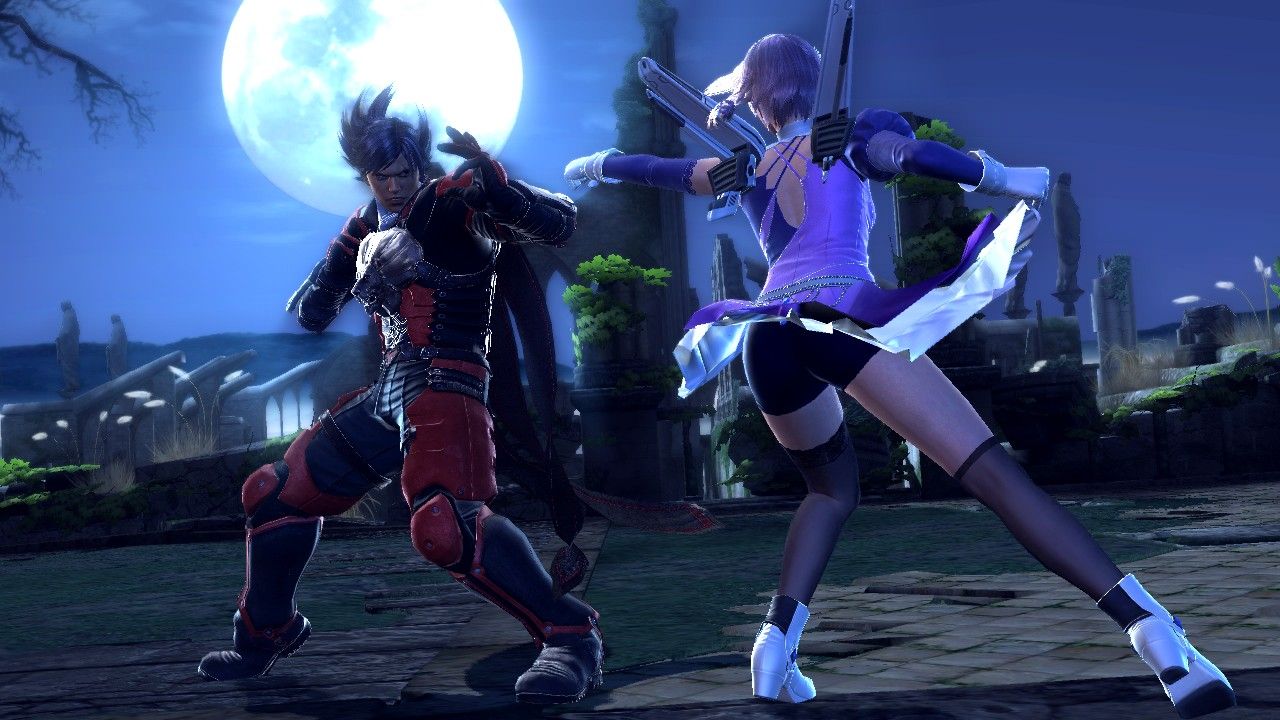
For the uninitiated, Tekken utilizes a combat system that’s a bit like a suped-up roshambo. A low block, for example, will duck a high attack and stop a low one dead, but is susceptible to a mid attack. Success hinges less on properly executing complex individual moves than it does on picking the right one to do at the right time. Mastery is demonstrated through effective use of techniques like “launchers”, “bounds”, and “tag assaults”, which all tee up an opponent for an undefended beating.
That’s called juggling, and it’s really the core of Tekken’s system. Launchers do exactly what the name suggests, but if timed wrong they’ll leave you open to attacks. Bounds can be used to follow up launchers, catapulting an enemy back into the air for further the assault. Each technique can be paired with the tag mechanic, calling upon a second character to really bring the pain. Many combos mix and match these moves, resulting in long strings of indefensible attacks. Make one mistake against a competent fighter and you’re like to pay a heavy price, something I’ve been experiencing a lot in the past week.
I’ve always been a sort of big fish in a small pond when it came to Tekken. Call me a “middle-tier user”, or alternately, “that jerk at parties who happens to know a couple throw combos and won’t let anyone forget it.” TTT2 marks the first time that I’ve taken my talents to the internet proving grounds, and now I’ve got the sub-20% winning percentage to show for it. Indeed, there’s a skill level beyond the old across-the-couch competition of my yesteryears. Probably another level or three beyond that, too. As it turns out, if you’re not intimately acquainted with the series’ more esoteric bodies of knowledge (many of which involve spreadsheets), then well, let’s just say that you’re probably on the wrong side of TTT2’s predator/prey dynamic.
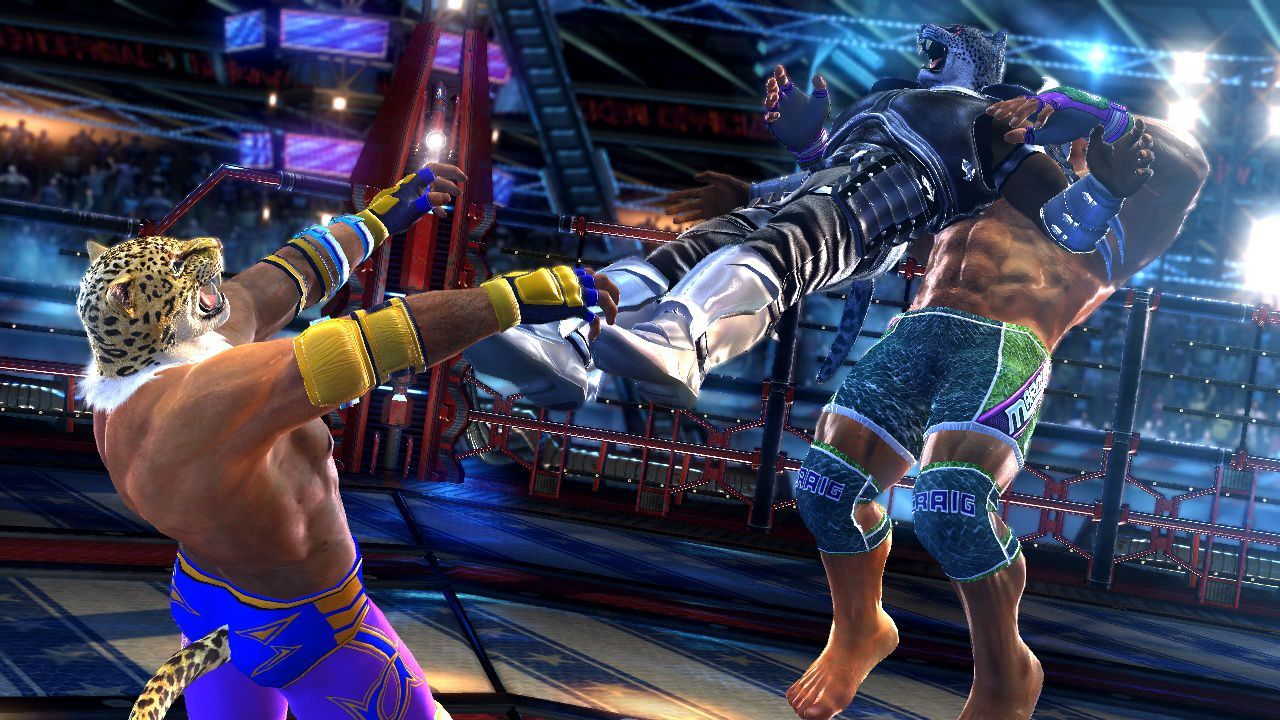
Now, I’d normally call that a mark in the game’s favor. A fighting game should reward hard work and skill, after all, and there’s certainly no bottom to Tekken’s strategic depths. Yet the odds are still stacked a bit too heavily against new players in Namco’s latest. The sizeable roster already makes for a bit of barrier of entry on its own, as newcomers will have to contend with an endless barrage of new moves and styles that need to be internalized. Then there’s the juggle-heavy system, which often results in fights that end before you’ve even had a chance to throw a punch.
Those particular barriers will eventually fall before a concerted effort, so I won’t fault the game for them. But Tekken Tag Tournament 2 also has some grievous oversights that make online play needlessly intimidating for newcomers. Chief among these is a woefully inadequate ranking system, wherein players are sorted by the experience they’ve amassed as individual characters. The system only seems to account for the first character of a tag team, meaning newbies can find themselves going up against an opponent who’s pairing a new character with a mastered backup. But no matter the cause, my atrocious record and I were regularly pitted against elite competition, with predictable results.
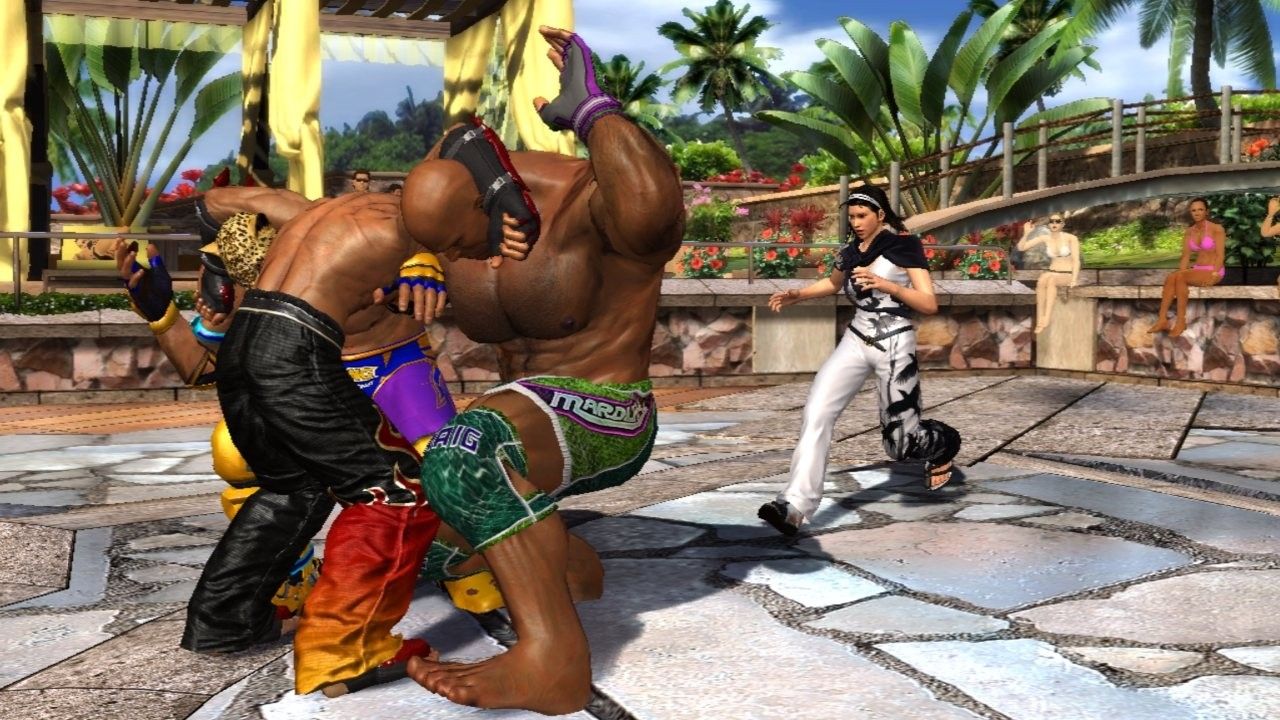
To mitigate this some, neophytes should take their first steps in TTT2’s new “Fight Lab” tutorial mode. It puts you in the shoes of Combot, a programmable fighting robot being put through its paces. The training starts innocuously, with drills on movement and basic striking. Then, without warning, sumo wrestlers begin soaring through the air about you like rotund cruise missiles. It only gets crazier from there: along the way you’ll grapple with giant, loin-clothed kung fu masters, a human javelin event, and even a few spoofs of that ‘other’ fighting series. Accomplishing any of these tasks will net you some experience points, which you can use to cherry-pick moves from the rest of Tekken’s roster for your Combot’s use.
All the zany humor really helps you swallow the bitter pill of technique drilling. Before you know it, you’ll have a serviceable understanding of much of Tekken’s hard science, and a beefed up metal warrior who’s equipped with the greatest hits of the game’s move list. Unfortunately, Fight Lab ends rather abruptly, never imparting the sort of higher-end tactics that are really necessary to succeed online. You’ll need to seek help online and do some real homework in TTT2’s (admittedly robust) Practice Mode to hone your skills. Still, what’s given is enjoyable, and that’s no small accomplishment for a tutorial.
It’s great to see Namco Bandai use Fight Lab to really own the oddball comedy that’s always been present in the series. It’s a trend that continues on into character customization, which features a staggering number of visual tweaks for your roster. Almost everything that you do in TTT2 yields coin that can be used to purchase alternative outfits, hairstyles, and accessories. Characters can be altered so much that they become impossible to visually connect to their canonical appearances, the modifications ranging from the conventional to the patently absurd. I turned my favorite character, Dragunov, into a rifle-wielding, black-clad Spetznaz, but I could have just as easily decked him out in knight’s armor, with a sunflower as a weapon and a spinning emergency light as a hat. There’s a real joy in seeing all the bizarre outfits that your opponents sport – I’ll challenge anyone not to laugh the first time they encounter a fighting kangaroo piloted by a tiny alien on its head.
What gives me pause, however, is the sexual humor, which is often misogynistic and unilaterally objectifying. Take the supernatural breast-jiggling animations. Or the gratuitous panty shots and hyper-sexual outfits (including bikini and thong DLC). Or the workplace sexual harassment that Combot’s master, Violet, doles out offhand. It’s an approach that does no favors for the genre’s reputation as a boy’s club, and it’s really beginning to wear on me. The reception for Duke Nukem Forever showed that gamers have begun to outgrow the schlock of gaming’s formative years. I have to wonder when the same standards will be applied to the fighting genre.
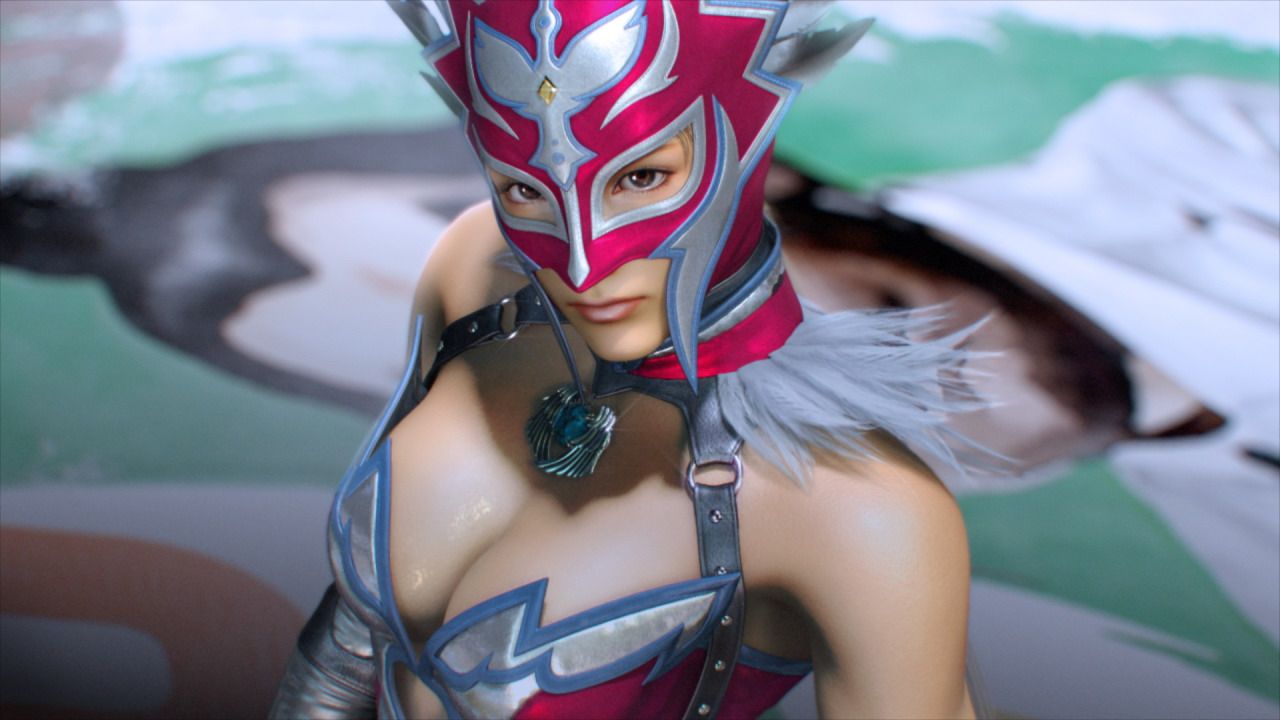
The rest of the package is a little feature-light, particularly for solo play. Arcade Mode headlines the offline choices, but it’s short and bare-bones. And there’s no confusing the artificial intelligence with a real player, what with its irregular rhythms and uncanny predictive abilities. You’re apt to get through Arcade by exploiting a small handful of moves that the computer doesn’t seem to quite understand how to block. There’s also a survival mode and “Ghost Battle”, which pits you against player simulations, but neither feel very distinguished from the Arcade Mode. Absent are the quirky diversions found in previous Tekkens, like bowling or volleyball. When it comes to online, there isn’t really anything to do beyond the vanilla matches, though there’s at least support for teams, and a replay feature. The use of Practice Mode as a waiting lobby is also a welcome feature, though I’d have liked to see the command list brought in with it. Lastly, TTT2 also purports to have an online stat tracking service a-la Call of Duty Elite, but much like Elite, it wasn’t ready at the time of release, and still seems to be a work-in-progress.
As nitpicky as it might sound, it’s also important to note TTT2’s problematic menu. While the main menu has been cleaned up considerably from Tekken 6, a lot of basic requirements have been missed. There’s no “back” option once you pick anything in the character select screen; make a wrong choice at any time during the process and you’ll have to go all the way back to the main menu. Losing a match in Arcade Mode means being bumped back to character select, even if you just wanted to keep the same team. There’s also no easy way to rematch your one-off opponents online. In the customization mode, the buying and equipping of items are separated, so you’ll have to go in and out of a variety of menus to switch between the two. It’s inexplicable that TTT2 drops the ball with such simple, expected features, even if it only results in some marginal inconvenience.

Still, Tekken Tag Tournament 2’s foundation remains quite strong, and fans of the series should rest assured that this is its best offering yet. There’s a huge stable of interesting characters to pick from, and most play quite unique. The combat is as complex and nuanced as ever, but still remains well-balanced. The music is a catchy blend of techno and dance that suits the proceedings perfectly, and you’re able to substitute in your own tracks for anything that doesn’t fit your fancy. Stages are deep, multi-leveled, and richly colored. Animations are as smooth as silk, the characters’ wild and disparate moves flowing together seamlessly.
You’ll really come to appreciate that last bit when you start to acclimate yourself to Tekken Tag Tournament 2’s fighting system. Like in any worthwhile competitive activity, it’s possible to catch fire, sensing your opponents’ thought processes and countering their moves like a grand master. When you’re confidently transitioning from move to move, battering your opponent against a wall or heaving him bodily through the air, TTT2 feels supremely satisfying.
For you, at least.
